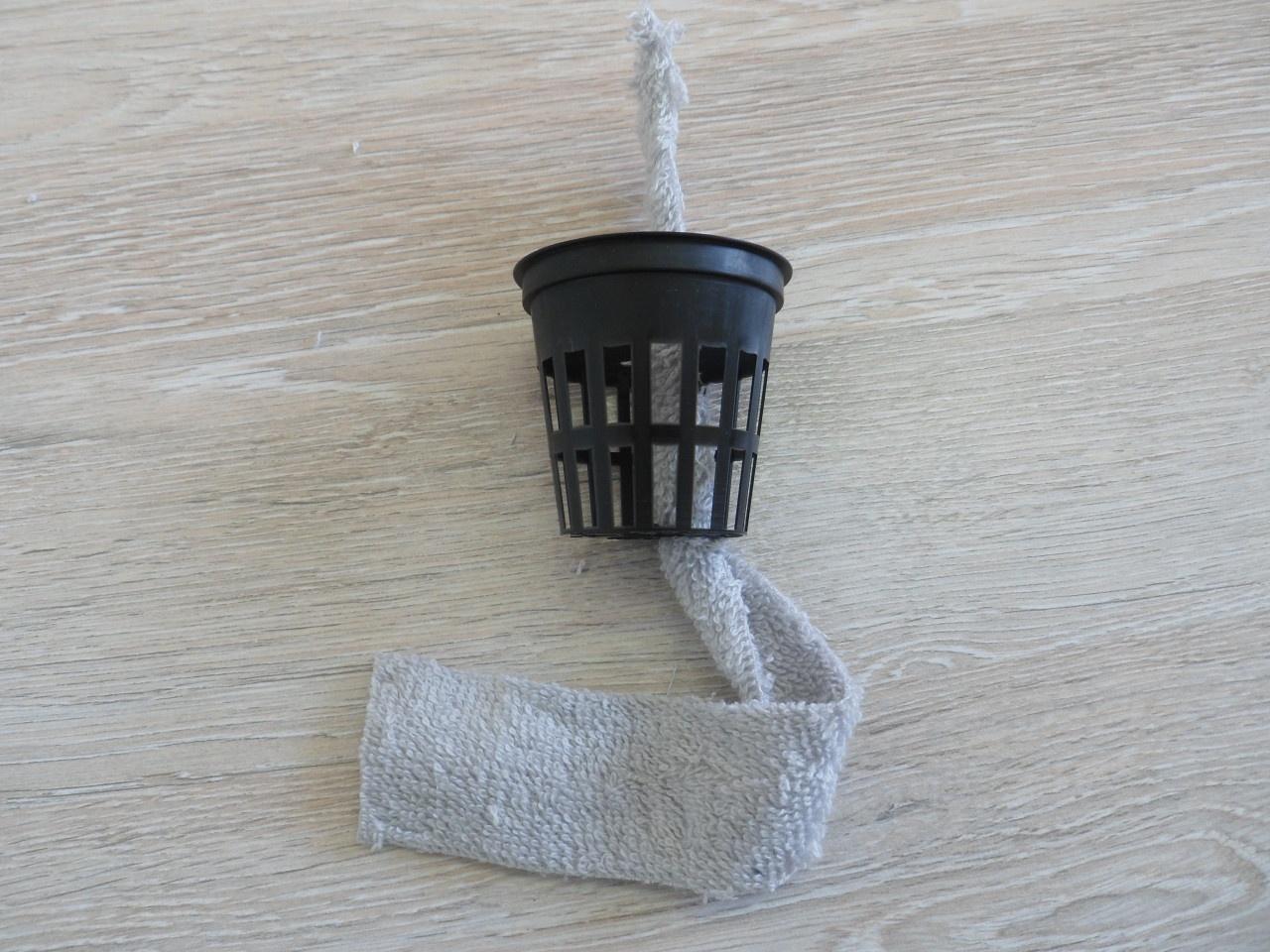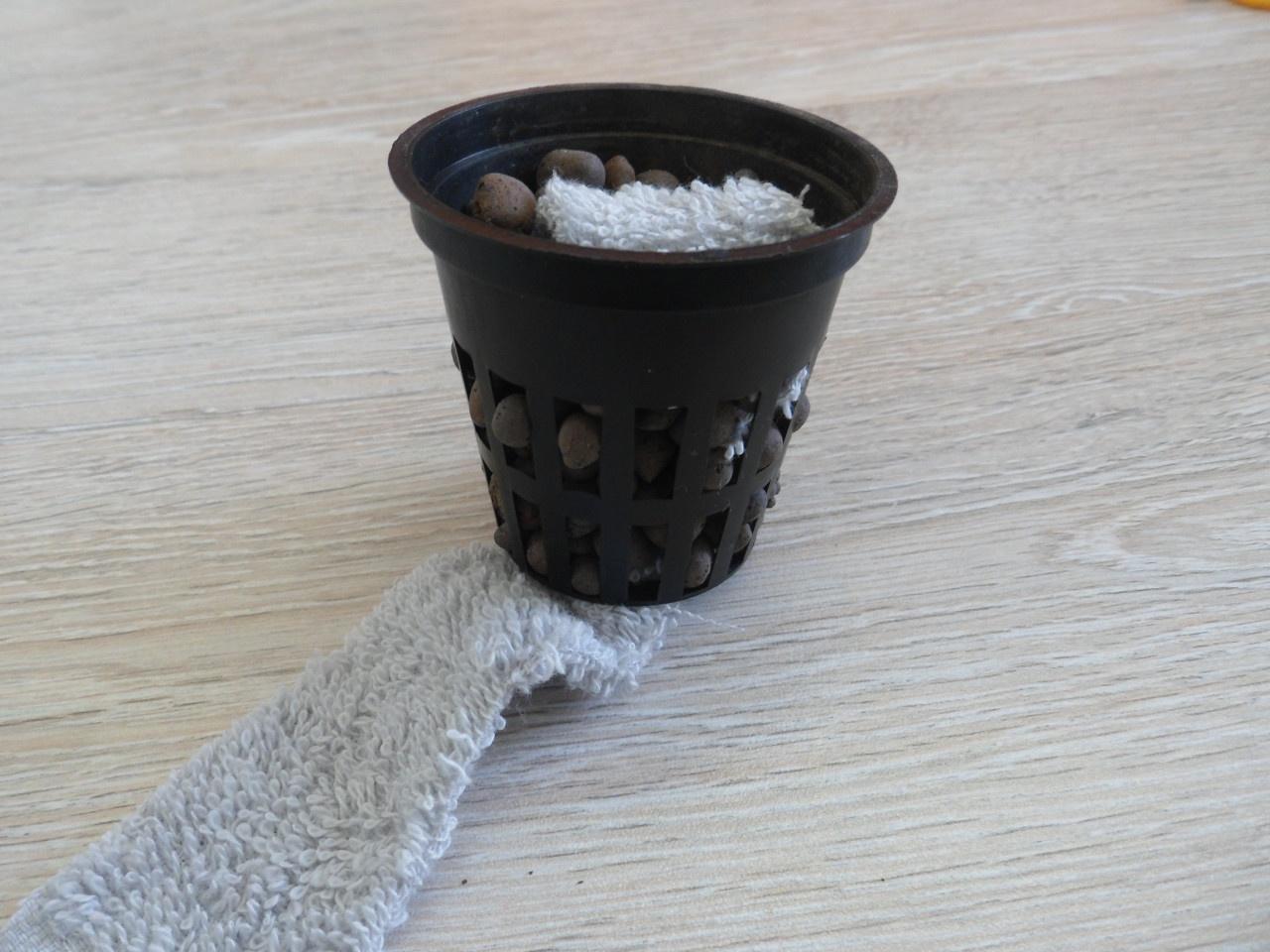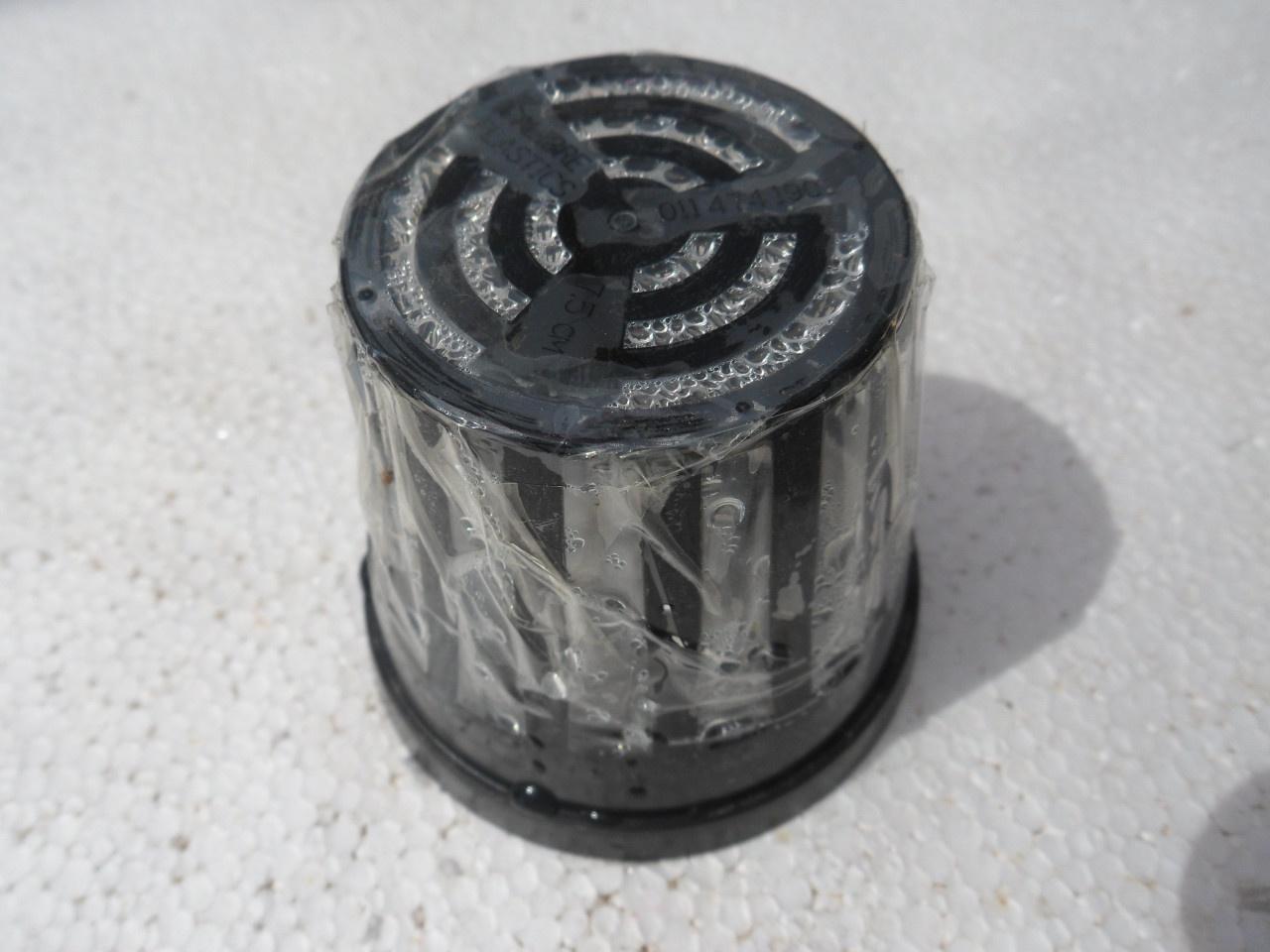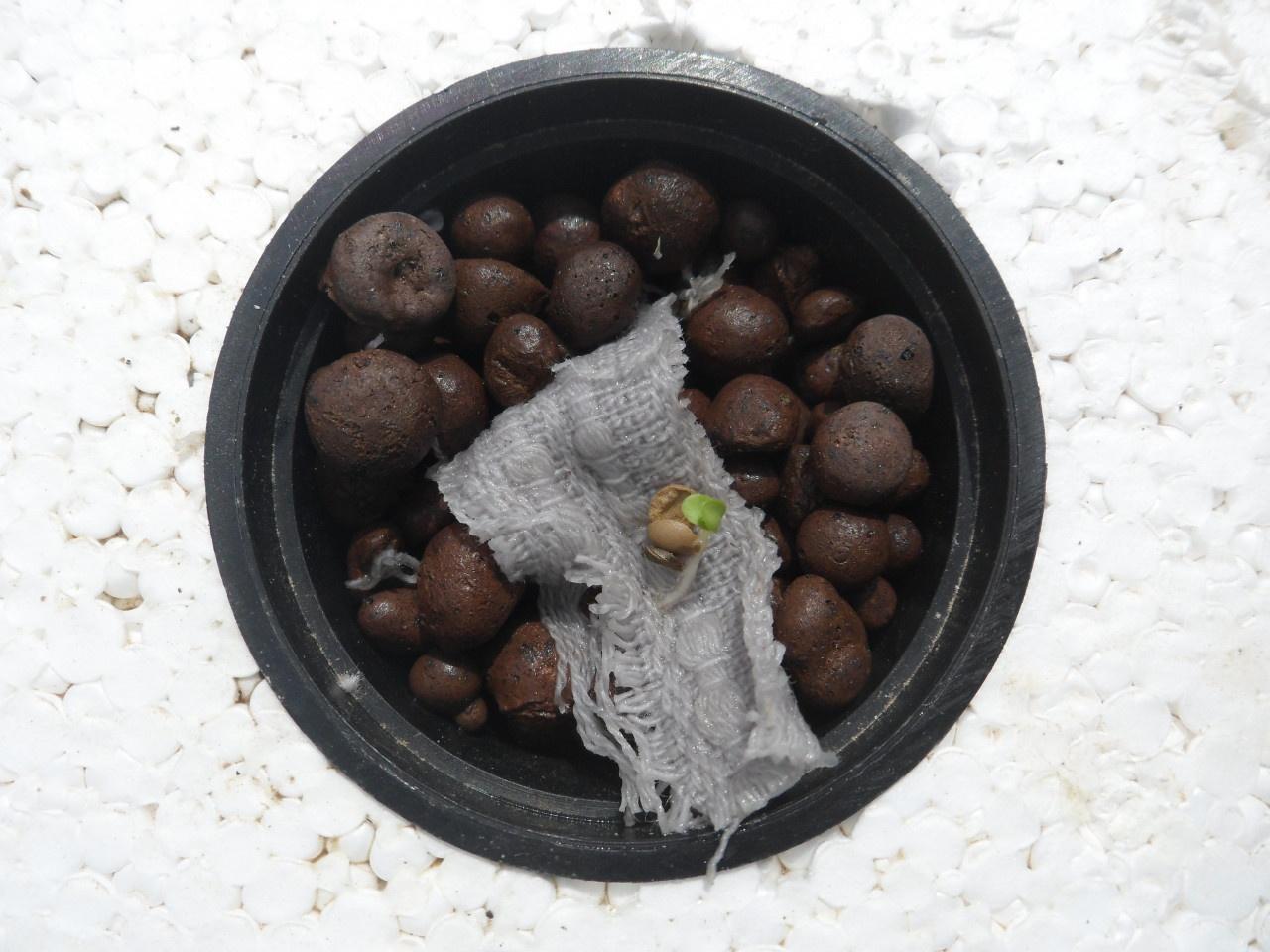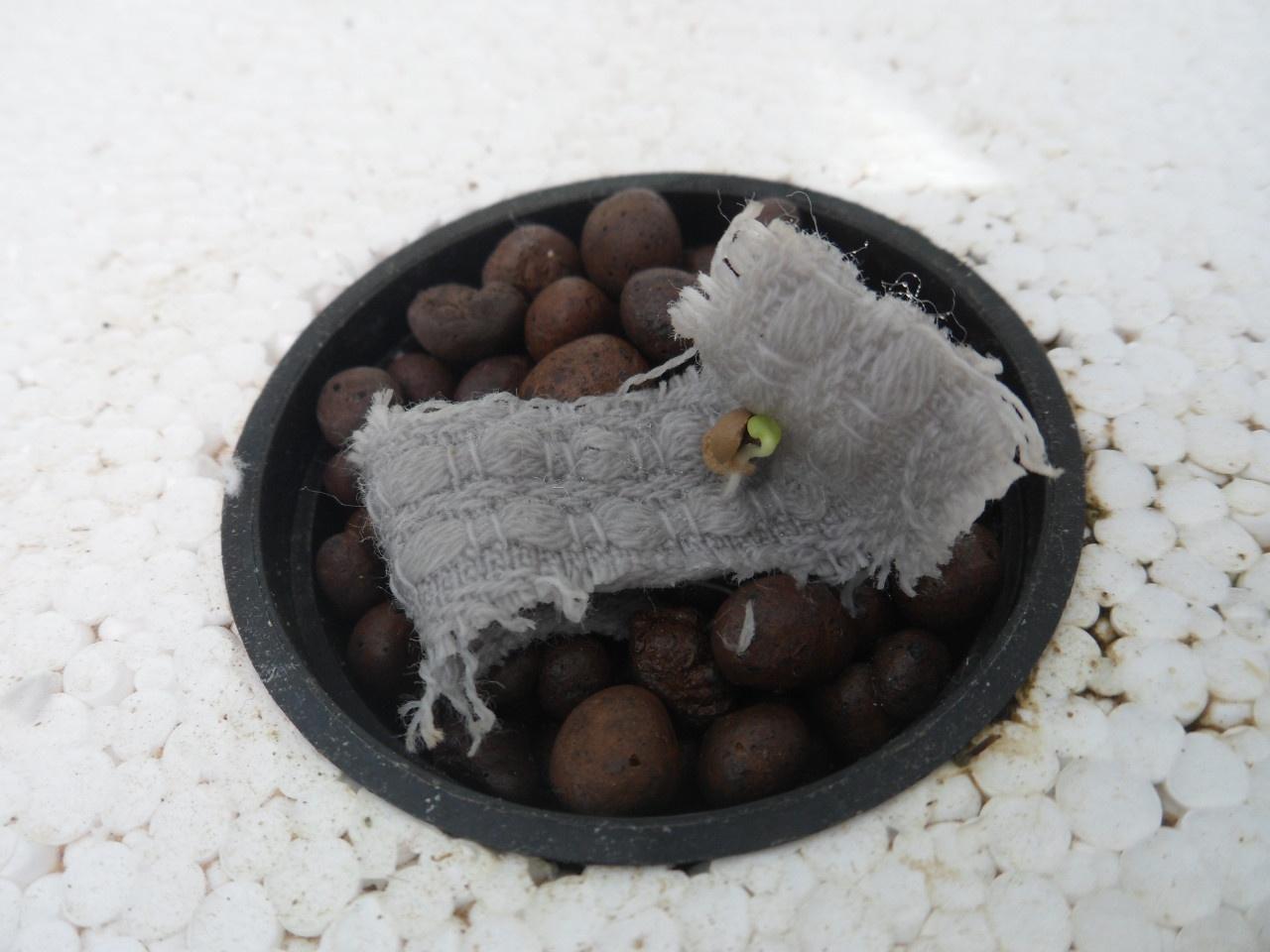Aris Primary School Aquaponics Training
The Aris Primary School aquaponics training started in April and continues up until the 22nd before the students leave for the school holidays until the end of May. Once they return from the holidays, review sessions will continue to ensure that the students master both the theoretical and practical applications of this climate-smart agricultural alternative practice of aquaponics.
Aquaponics System
It has been amazing and very exciting to watch the students’ interest, enthusiasm and curiosity to learn about aquaponics. While the scientific, theoretical fundamentals may appear advanced, this so far, has not deterred the students from applying their grade 6 and 7 life science and geography classroom fundamentals and intuitive knowledge. We’ve managed to turn the school’s newly inaugurated aquaponics system into a practical classroom.
At the end of their school day, the students flock to the aquaponics system for the training sessions. They stop for an hour’s lunch break and continue again for another hour and a half after their lunch.
To master the basic concepts, Spelling bee exercises have enabled these incredibly smart and young students to grasp the key concepts and to know their significance.
Plants
When it comes to planting, the students have this far planted the first set of lettuce seeds. In this first exercise they learn about the wick planting method. They learn to understand, explain and apply every step in the planting process.
Germinating seeds for aquaponics requires finesse. Thus, getting this very important first step correct is crucial. With that, the students learn to develop their own, simplified techniques to plant seeds.
Once the seeds have been planted in the wicks, they learn to create their own greenhouse effect to ensure the seeds’ successful germination.
So far, we’ve learned that it takes three days to germinate the seeds successfully with the wick system.
From there, it requires a bit more time to mature the seedlings into full grown plants in the system. The most important part of this very first lesson is getting the planting technique correct and perfecting it with repetition.
Fish
As for the fish, the system has been automated to such an extend that the students don’t have to know all the technical aspects. The students seem to enjoy the fish more than all the other aspects of the system so far. They can identify fry from fingerlings and are eager to see what the broodstock will look like at a later stage. However, with the guidance and support of their resident adult mentor, they grasp the importance of the water levels, temperature, water aeration, feeding the fish daily, and ensuring the electricity is always on to ensure the pumps and filtration systems are fully functioning.
When you subscribe to the blog, we will send you an e-mail when there are new updates on the site so you wouldn't miss them.

